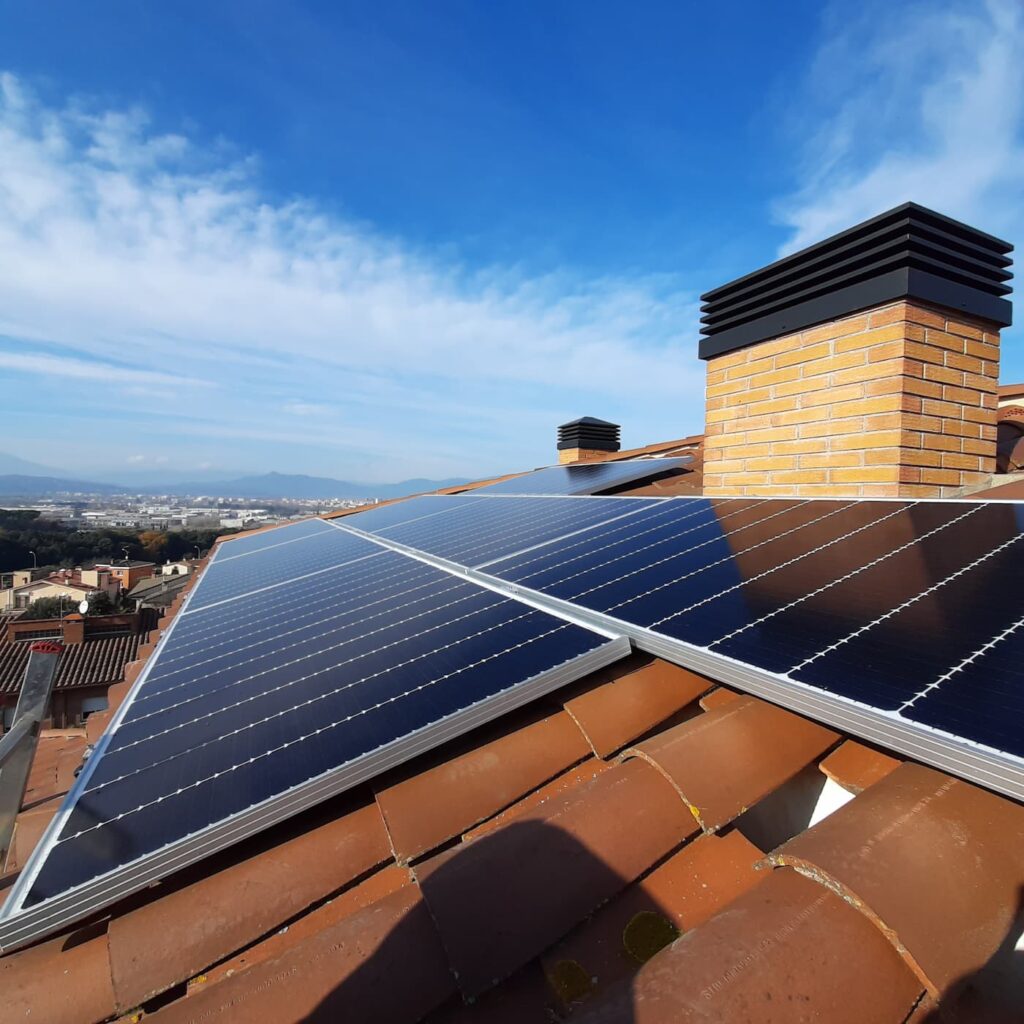nergy communities are a key player in the transition to a sustainable, decentralized and participatory energy model. Thanks to the European Union’s Clean Energy Package, legal frameworks have been created that allow citizens, SMEs and municipalities to become protagonists in the energy transition.
Within this framework, there are two main figures:
- Renewable Energy Communities (RECs) ( EU Directive 2018/2001).
- Citizen Energy Communities (CEMs) ( EU Directive 2019/944).
Although both share a common objective – to promote clean energy and citizen participation – they have key differences in their scope and mode of operation.
In this article we will see what an ERC is, its main characteristics, how it differs from a PPA and practical examples in Spain.
What is a Renewable Energy Community (REC)?
A Renewable Energy Community (REC) is a legal entity made up of individuals, SMEs or local authorities that associate in an open and voluntary manner to develop renewable energy projects of proximity (photovoltaic, wind, biomass, etc.).
Main characteristics of RECs
- Open and voluntary participation: any citizen or local SME can join.
- Democratic control: decisions are made by community members.
- Territorial proximity: the facilities must be close to the members or the municipality.
- Focus on local benefits: they do not seek financial benefits, but rather positive environmental, social and economic impact for the community.
Objectives of RECs
- Promote the energy transition by reducing emissions.
- Democratize access to energy: citizens cease to be only consumers and become prosumers (producers and consumers).
- Generate economic savings in the electric bill.
- Strengthen local development with sustainable projects.
Example: a neighborhood cooperative installs solar panels on the roof of a municipal sports center to supply 50 families in the municipality.
Differences between CER and SCC
Although they share a community and sustainable spirit, there are important differences:
| Appearance | CER | CCE |
|---|---|---|
| Regulations | EU Directive 2018/2001 (Renewables) | EU Directive 2019/944 (Electricity) |
| Scope | Renewable energies only (solar, wind, biomass…) | Broader: generation, consumption, storage, sale of electricity |
| Participants | Individuals, SMEs and local authorities nearby | Individuals, SMEs, municipalities and small companies |
| Proximity | Yes, the projects must be close to the members. | Territorial proximity is not always required |
| Purpose | Local impact (social, environmental, economic) | Social, environmental and economic impact, but with more flexibility of scope |
👉 Bottom line:
- One REC is local and focused on renewables.
- A PPA is broader and more flexible, with a range of energy activities beyond renewables.
CER and SCC regulations in Spain
Spain is adapting European directives to its legislation on Energy Communities. These are the main milestones:
- RD 244/2019 → regulates shared self-consumption (basis of many RECs).
- RD-Law 23/2020 → introduces the figure of RECs in the Electricity Sector Law.
- RD-Law 20/2022 → extends the maximum distance between installation and consumers to 2 km.
- RD-Law 5/2023 → incorporates the definition of PPA into Spanish regulations.
- Order TED/1446/2021 and TED/764/2024 → CE Implementa aid bases for pilot projects.
This means that there is already a legal framework for neighbors, SMEs and municipalities to create their own energy communities with legal certainty and institutional support.
Examples of RECs and PPAs in Spain
- CER (Renewable Energy Communities):
- Sant Miquel de Campmajor (Girona): 3.5 kWp photovoltaic installation for residents and municipal facilities.
- Tossa de Mar: community with 4.3 kWp supplying public buildings and local homes.
- CCE (Citizen Energy Communities):
- Barcelona Energía: municipal public company that allows citizens to consume 100% renewable electricity.
- Pamplona: pilot projects combining self-consumption, storage and shared electric mobility.
Advantages of RECs
- Economic savings: direct reduction in the electricity bill.
- Environmental impact: less CO₂ and dependence on fossil fuels.
- Social impact: democratization of access to energy.
- Local development: benefits reinvested in the community.
Future of RECs and SCCs in Spain
- Accelerated growth is expected thanks to programs such as CE Implementa.
- Municipalities will play a central role as drivers of local energy communities.
- The development of battery storage and smart grids will allow for greater flexibility and stability.
Renewable Energy Communities (RECs) are a fundamental tool for empowering citizens and accelerating the energy transition. Their local, participatory and renewables-focused character differentiates them from Citizen Energy Communities (CECs), which offer a broader and more flexible framework.
If you want to know how to create a CER or CCE in your municipality, please consult our service of installation of energy communities.
